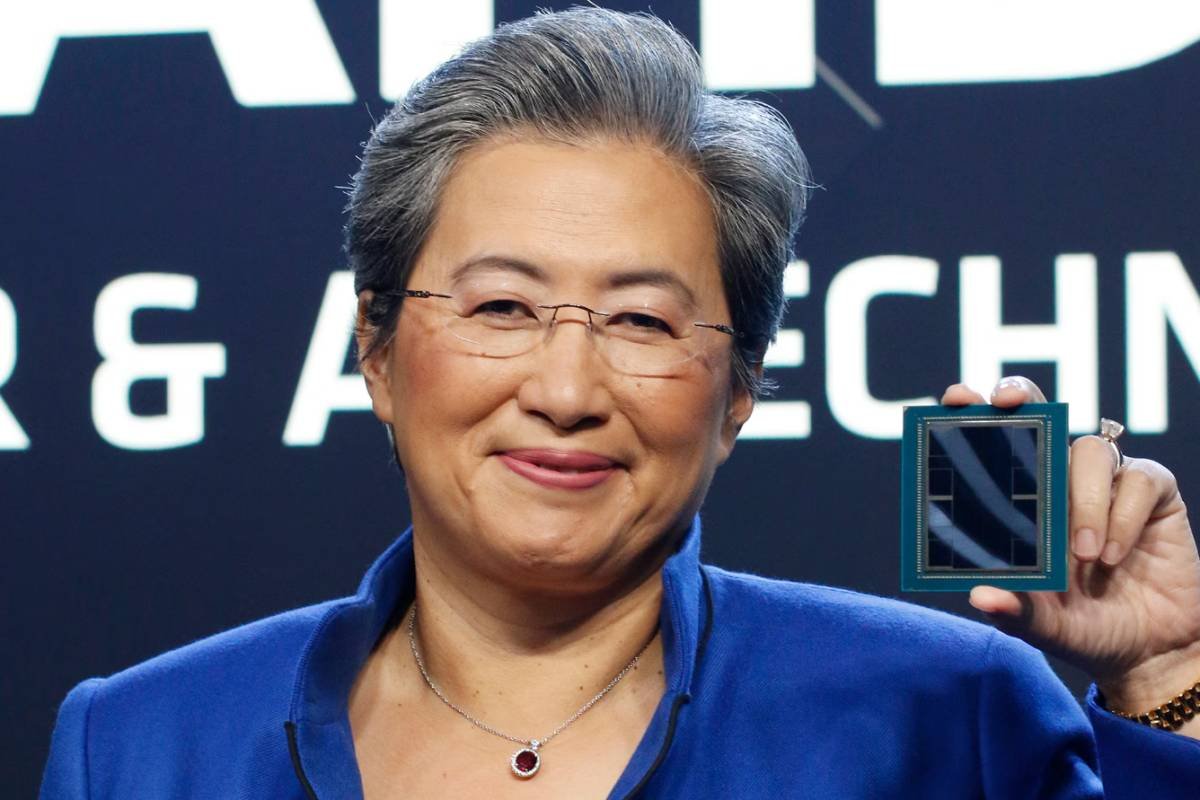Few figures stand out like Lisa Su. As the President and CEO of Advanced Micro Devices (AMD), she has not only transformed a struggling chipmaker into a formidable rival to industry giants but also become a trailblazer in a field historically dominated by men. Her leadership is widely credited with one of the most remarkable corporate turnarounds of the past two decades, and her influence extends far beyond balance sheets and product launches.
Lisa Su’s story is one of intellect, persistence, and vision. From her early days as a curious student of electrical engineering to her rise as one of the most powerful women in tech, Su has combined deep technical knowledge with sharp strategic thinking. Under her guidance, AMD has become a key player in sectors ranging from gaming and graphics to data centers and AI. This is the story of how she got there—and why her leadership matters.
Table of contents
Early Life and Academic Foundations
Lisa Su was born in Tainan, Taiwan, in 1969 and immigrated to the United States with her family at the age of three. She was raised in Queens, New York, where her parents nurtured a strong emphasis on education and achievement. From an early age, Su showed an affinity for math and science, reportedly taking apart and reassembling devices around the house just to see how they worked.
Su’s academic journey began at the Massachusetts Institute of Technology (MIT), where she earned her bachelor’s, master’s, and Ph.D. degrees in electrical engineering. Her doctoral research focused on silicon-on-insulator technology—a field central to the design and performance of semiconductors. Her talent and technical rigor quickly caught the attention of industry leaders, opening doors to opportunities at the forefront of hardware innovation.
During her time at MIT, Su also interned at Texas Instruments and later worked at IBM, where she climbed the ranks and helped develop copper interconnects, a breakthrough that significantly improved processor speeds. These early experiences laid the groundwork for her future leadership in chip design and strategic R&D.
Rising Through the Tech Industry
After more than a decade at IBM, where she served as Vice President of Semiconductor Research and Development, Su transitioned to Freescale Semiconductor in 2007. There, she served as CTO and later as Senior Vice President and General Manager of Networking and Multimedia, overseeing product lines that targeted automotive and embedded markets.
While her time at Freescale was valuable, it was her move to AMD in 2012 that would define her career. Initially joining as Senior Vice President and General Manager of AMD’s global business units, Su quickly impressed stakeholders with her strategic insights and hands-on understanding of product development. By 2014, she was appointed CEO—the first woman to hold that position in the company’s history.
At the time, AMD was in serious trouble. It was losing market share to competitors like Intel and NVIDIA, struggling with declining revenues, and facing skepticism from investors. Many doubted the company’s ability to compete in an industry defined by rapid innovation and brutal pricing wars. But Lisa Su had a different vision.
Leading the AMD Turnaround
Lisa Su’s leadership at AMD is widely recognized as one of the most impressive turnarounds in tech history. Instead of chasing short-term fixes, Su focused on long-term strategy. She prioritized innovation in high-performance computing, made bold investments in new chip architectures, and restructured the company’s operations to streamline efficiency and focus on its strengths.
Under her guidance, AMD introduced the Zen architecture in 2017, a leap forward in CPU design that rivaled and, in many benchmarks, outperformed Intel’s offerings. This marked a turning point—not just in AMD’s product competitiveness, but in how the market perceived the company. The Ryzen line of consumer processors and EPYC line of server chips quickly gained traction, bringing AMD back into the conversation among power users and enterprise customers alike.
Su also oversaw the development of AMD’s advanced GPUs, which became central to gaming consoles and PC graphics. Her ability to forge strong partnerships—with companies like Microsoft and Sony—helped AMD embed its technology in millions of homes globally.
By 2020, AMD’s market value had soared, and the company was outpacing Intel in both product performance and innovation cadence. Lisa Su’s steady hand and clear vision had redefined AMD’s role in the semiconductor industry.
Breaking Barriers and Redefining Leadership
Lisa Su’s achievements are notable not just for their technical and financial outcomes, but for their symbolic importance. In an industry where female leadership is still rare, Su has become an icon for women in STEM and business leadership. Her calm, analytical style contrasts sharply with the high-drama personas often associated with Silicon Valley CEOs. Yet her impact has been profound.
She’s consistently ranked among the world’s most powerful women by Forbes, Fortune, and TIME, and has received numerous accolades including the IEEE Robert N. Noyce Medal and election to the American Academy of Arts and Sciences. In 2021, she was appointed Chair of AMD’s Board of Directors, solidifying her role as the company’s guiding force.
Su has also been outspoken about the need for more diversity in the tech world. She often highlights the importance of mentorship, inclusive hiring practices, and creating environments where talent can thrive regardless of gender or background. Her own path serves as a blueprint for aspiring engineers and leaders alike.
Vision for the Future and Lasting Legacy
As the semiconductor industry faces unprecedented demand—from AI applications and cloud computing to gaming and autonomous vehicles—Lisa Su continues to position AMD at the cutting edge. The company’s acquisition of Xilinx, a major player in field-programmable gate arrays (FPGAs), was a bold move to expand its footprint in adaptive computing and embedded systems.
Su has repeatedly emphasized that AMD’s success must come from execution, innovation, and a clear understanding of customer needs. In an industry where hype often overshadows results, her focus on delivering actual performance and value has earned her wide respect.
Looking ahead, Su’s legacy is already taking shape. She has reshaped AMD’s culture to be more agile, forward-looking, and resilient. More broadly, she has demonstrated that leadership grounded in substance—rather than style or ego—can yield extraordinary outcomes.
Her impact goes beyond quarterly earnings and product launches. She’s changed how we think about leadership in tech, and she’s done it without compromising who she is: an engineer, a strategist, and a quiet force behind one of the most compelling corporate comebacks in recent memory.
Conclusion: A Trailblazer in Every Sense
Lisa Su’s journey from a curious child in Queens to one of the most respected figures in global technology is both inspiring and instructive. Her story is a reminder that innovation is not just about ideas, but about execution. That leadership is not about charisma alone, but about clarity, discipline, and belief in your team.
In reviving AMD, she didn’t just fix a company—she set a new standard for what thoughtful, technical leadership can look like in the 21st century. As the world increasingly depends on the technology her company helps create, Lisa Su remains a powerful example of how vision, expertise, and persistence can change an entire industry.














Leave a Reply
You must be logged in to post a comment.